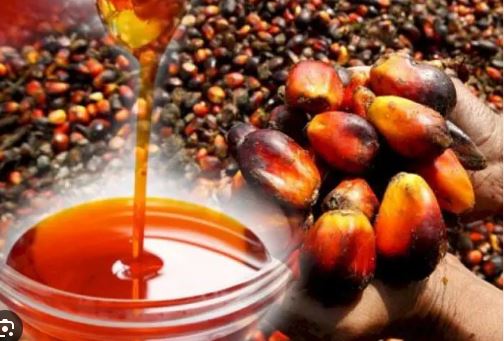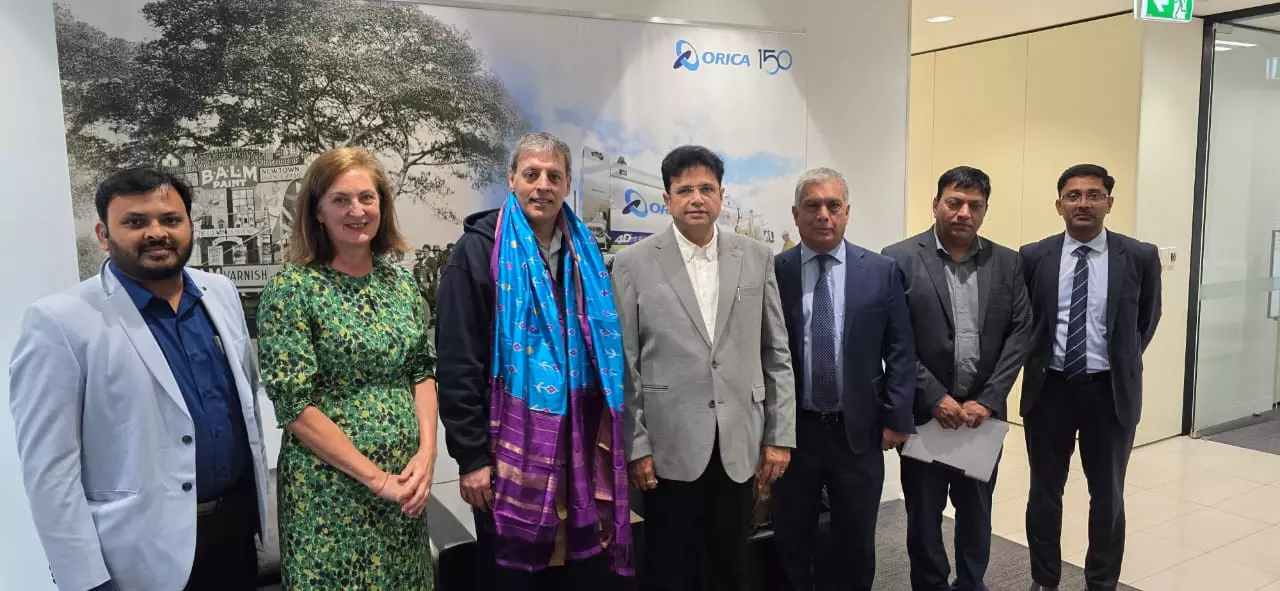Copyright ghanaguardian

Government is finalising an Oil Palm Plantation Policy to be included in next year’s national budget, as part of a broader strategy to develop Ghana’s key economic crops from 2026 and beyond. The initiative aims to unlock the full potential of oil palm and other strategic crops to drive large-scale job creation across the entire value chain—from cultivation and processing to manufacturing and exports. Finance Minister Dr. Ato Forson announced the plan during a high-level meeting with Ethiopis Tafara, Regional Vice President for Africa at the International Finance Corporation (IFC), in Washington, D.C. The discussions focused on deepening Ghana’s collaboration with the IFC to attract new investments and accelerate the country’s agricultural transformation agenda. According to Dr. Forson, the upcoming policy is expected to create over 500,000 jobs, with agriculture positioned at the centre of Ghana’s economic recovery strategy. He noted that developing large-scale plantations requires long-term financing, adding that government is working with the World Bank, IFC, and other development partners to mobilise the necessary funding to support private sector participation. The IFC Vice President welcomed the initiative, noting that it aligns with the Corporation’s development priorities. He described agriculture as a critical driver for unlocking Africa’s demographic dividend and creating sustainable employment opportunities. Meanwhile, the Ministry of Food and Agriculture (MoFA), through the Ghana Tree Crops Diversification Project (GTCDP), has underscored the importance of revitalising the palm oil industry, citing the wide gap between local production and consumption. MoFA’s Medium-Term Expenditure Framework (MTEF) 2025–2028 identifies palm oil as one of Ghana’s most promising “red gold” sectors, capable of generating significant economic benefits if effectively developed. Currently, Ghana consumes about 250,000 metric tonnes of palm oil annually, while domestic production stands at only 50,000 metric tonnes, contributing to the country’s rising food import bill. To close this gap, the new policy will introduce incentives for investors, strengthen the value chain, and support the distribution of 1.5 million oil palm seedlings to farmers as part of out-grower schemes. Data from the Oil Palm Development Association of Ghana (OPDAG) show that the country imported approximately US$1.17 billion worth of palm oil between 2019 and 2021. The Association warns that consumption will continue to exceed production unless artisanal millers adopt modern technology and improved practices. According to OPDAG, while a standard palm farm can yield 18–25 tonnes of fresh fruit bunches per hectare annually, small-scale producers in Ghana achieve less than six tonnes per hectare. Similarly, oil extraction rates, which should range between 20–25 percent, remain as low as 11–13 percent among artisanal millers. The Association believes that enhancing efficiency and scaling up production could boost local output by at least 50 percent, significantly reducing Ghana’s dependence on imports and positioning the country as a competitive player in the global palm oil market. As of press time, the cedi traded at GH¢10.75 to the US dollar.



